I’ve been thinking about confinement lately, after four months of hunkering down, no end in sight. I had some concerns about geographical enclosure before our fairly recent move from coastal Washington to the mountains of North Carolina, two-thousand feet above sea level. We arrived in mid-autumn, got through the winter, and went on lock down. We’ve been mostly busy and engaged, luckily, under a canopy of tall trees. Outside, it’s lushly green with a second wave of blossoms, from giant magnolias to mimosas. The bird life here is varied, colorful, and abundantly vocal, a nice surprise considering the constancy of white noise. A young hawk has been perching in one of the oak trees above our deck and making a racket. I don’t speak hawk well enough to understand what she’s trying to communicate, but what an honor. Stretches of farmland and forest intersect our neighborhood. We cross paths with wild rabbits, woodchucks, and the occasional bear. Bearable so far.
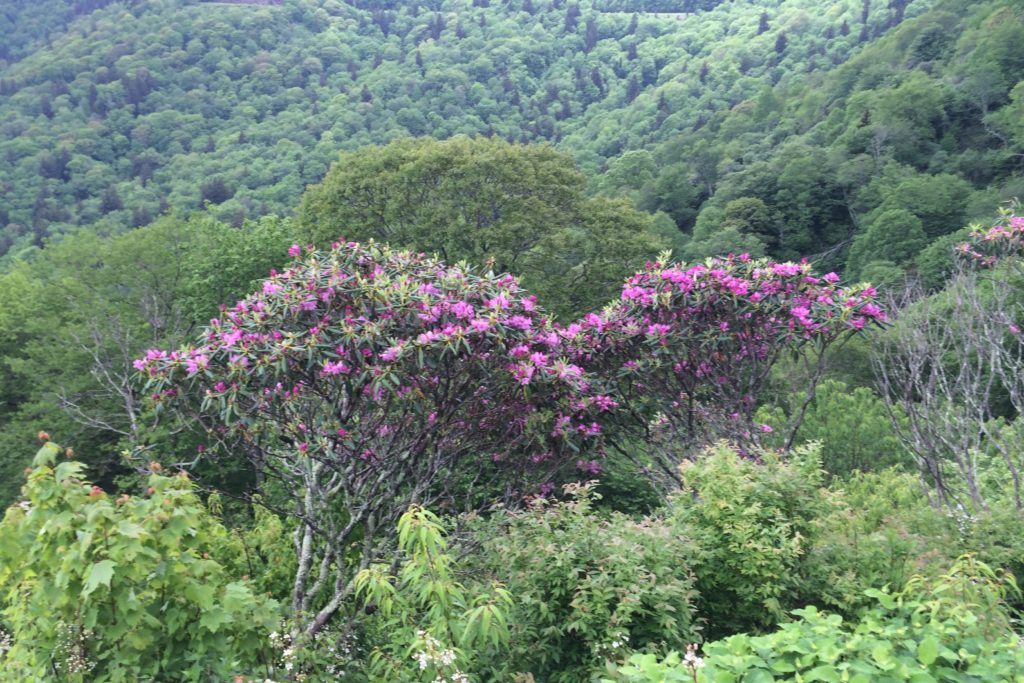
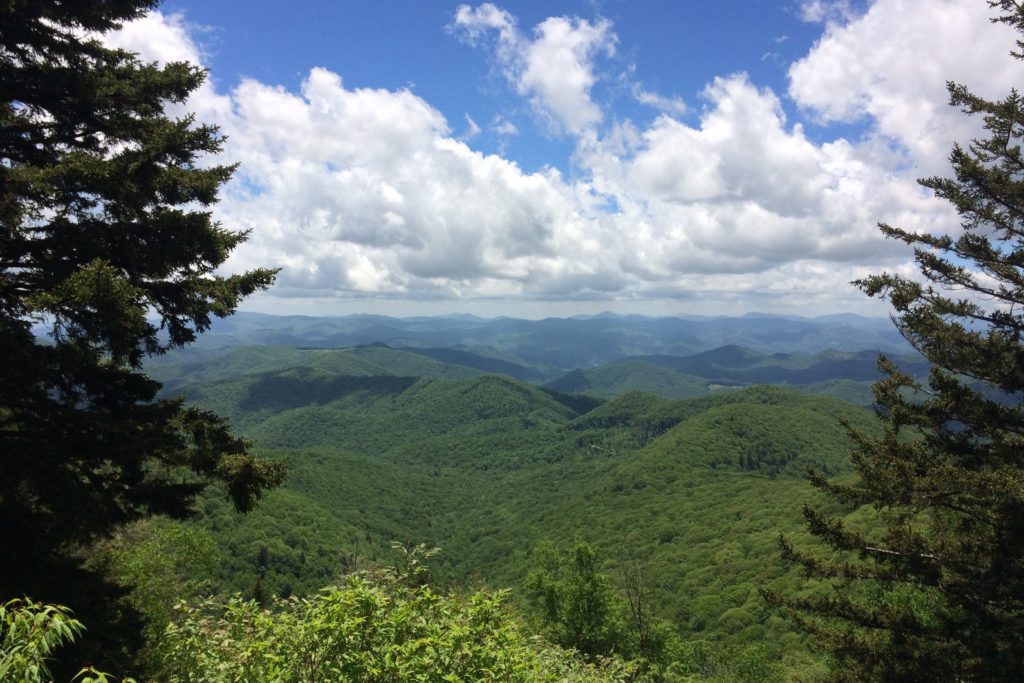
This month’s theme, in the trenches, refers to a place or situation in which people do very difficult work, like staying put when it’s gorgeous out, achieving social justice, and writing sometimes. The structure itself is associated with the First World War and futility in battle.
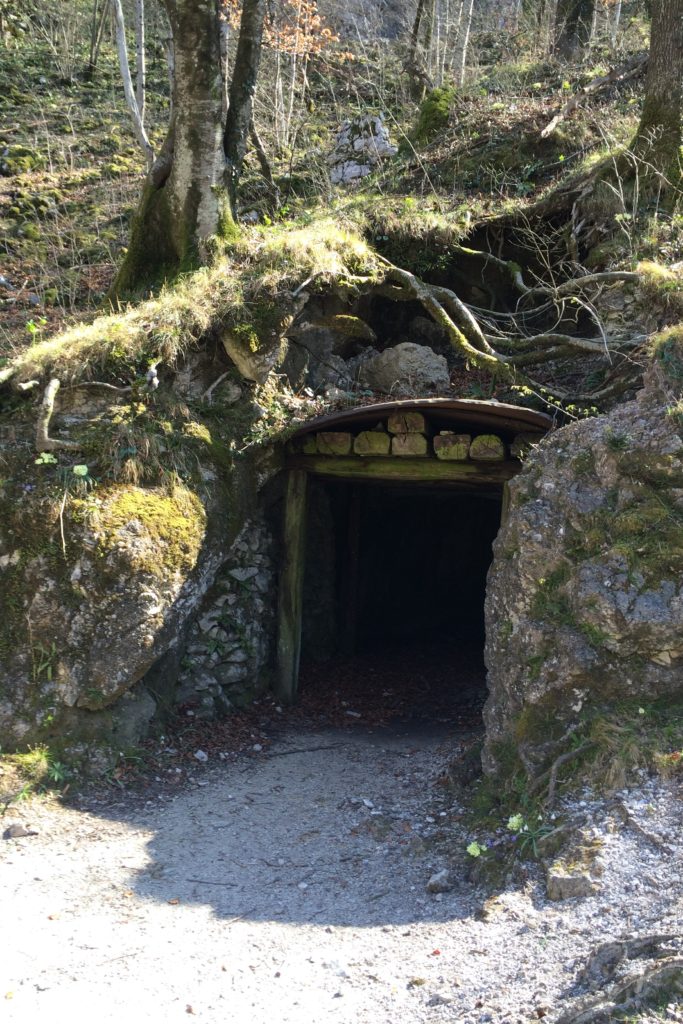
Years ago, to do research, I visited the trenches of the Isonzo (Soča) Front, a mountainous region at the border of northern Italy and Slovenia, once a battleground between Italy and the Austro-Hungarian Empire. I was completing a historical novel set in southern Italy during roughly the same period, the Great War, but had a different, related story in mind. My focus was social and diasporic—battles per se aren’t my thing and, strategically, I’m spatially challenged. I’d read enough books but, for me, there’s an ethic to knowing a place before committing it to fiction.
Someone once asked, what’s the closest you’ve ever been to war? My response at the time was both social and geographical: Central Italy, where I lived during the first Gulf War and the breakup of Yugoslavia. Close enough to notice what it did to humans and the environment. Where I grew up, in California, we used the coastal forts as playgrounds. A great uncle’s army blanket, from the First World War, showed up at family picnics. When an image lingers, there’s usually a story attached. Only, to paraphrase Sherwood Anderson, the fragments have to be picked up slowly, long afterwards. Something has to be understood. If you try to label an experience, you lose it.
My paternal grandfather, a young Italian immigrant on a path to citizenship at the inception of WWI, enlisted with the Americans. I never knew him but learned that he had been a machinist during and after the war and retired early, with metal filings in his lungs. He was later diagnosed with Parkinson’s disease and, apparently, spent part of his last years in an iron lung, speaking of confinement. His son, my father, a chain smoker, died of lung disease. In a report card, my grandfather’s commanding superior described him as unproblematic, a hard worker, of good character. Like most immigrants, he paid it forward for the rest of us. Or, as Sherwood Anderson also put it: even after his death, he continued feeding animal life.
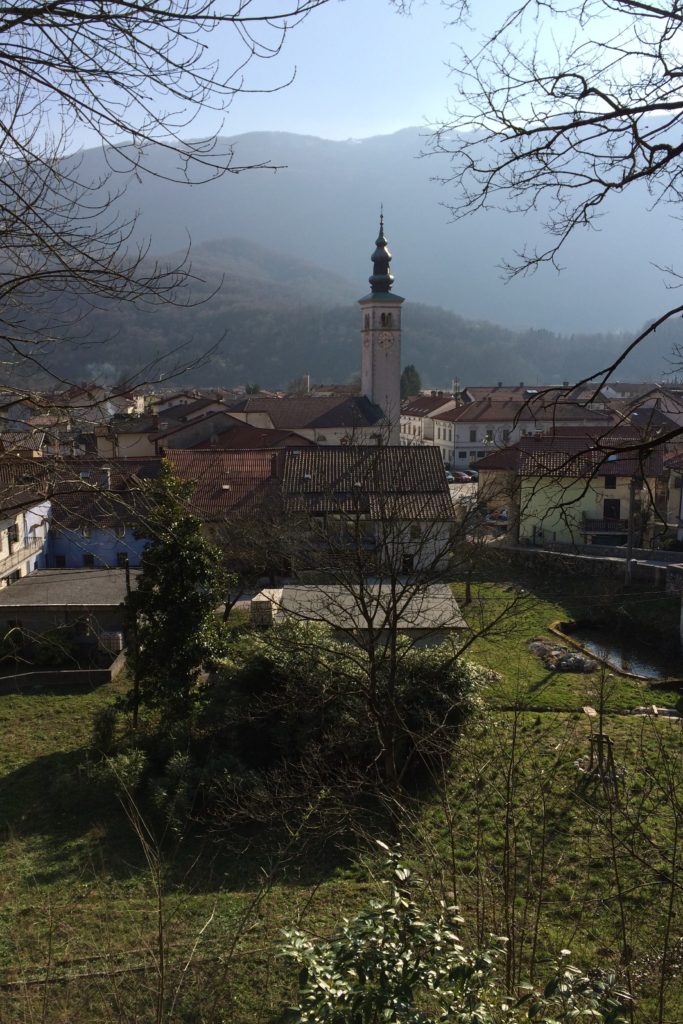
The town of Kobarid, formerly Caporetto (site of the Twelfth Battle, synonymous with defeat), and the surrounding landscape were obliterated during the war. Today it’s a tapestry of trenches, lookout towers, caves, memorials, and cemeteries. At its most basic, a trench, from the French trenche (cut, cutting, ditch, slice, also trenchant) is a track cut through a forest. Its root comes from the Latin truncus: a tree lopped of branches. Italian trenches were Spartan labyrinths: largely unprotected, long narrow ditches zigzagging up the mountainside, a heap of stones with a sparse covering of brushwood. Conditions varied depending on the year and the season. According to one source, soldiers went sixty days without a wash and ate one frugal meal a day, served with “military punctuality.” Thirst was perpetual.
Battles unfolded across the sixty-mile-long Isonzo (Soča) River, a stunning turquoise color—during the fighting it turned crimson. The Italian occupation was less than civil. Slovenian villages were evacuated and citizens forced to relocate, many to the south of Italy, where they stayed. The occupiers practiced segregation, creating Italian-only rules in local establishments. In November of 1917, the Austro-Hungarians used nervine gas to disable the Italian artillery in tunneled emplacements along the mountainside, leading to the agonizing deaths of close to 800 men and much greater casualties in the disaster of Caporetto. The Italians later recouped some losses and left finally in 1943 after a partisan uprising. Today, in restaurants, you can get goulash with polenta or gnocchi.
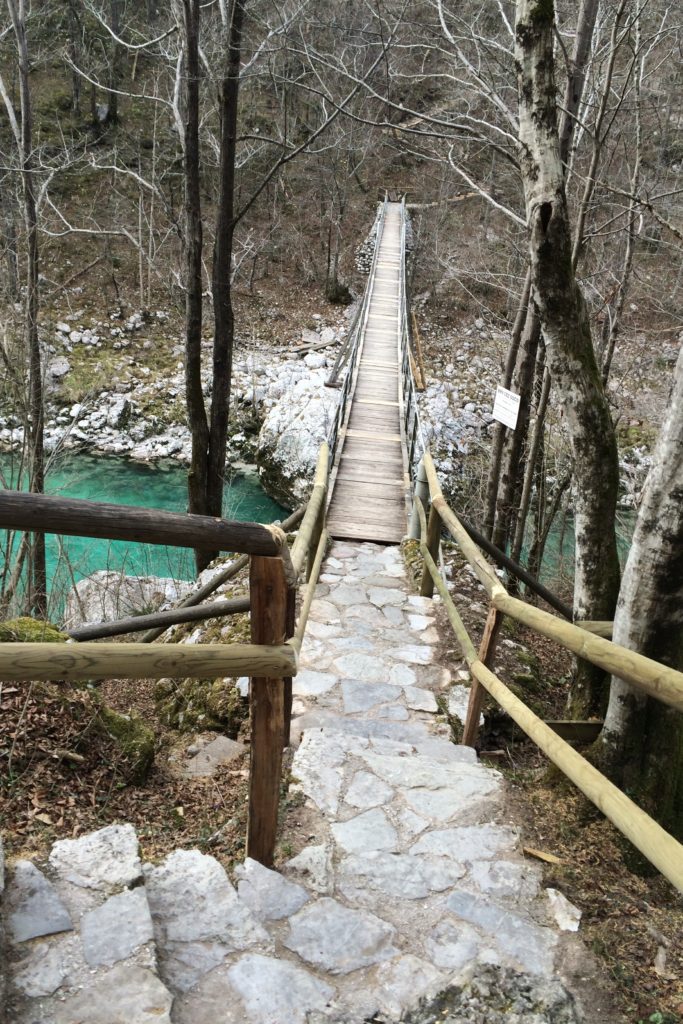
I visited the area twice, on two sides of a decade, once in midsummer. The second time, in early spring, the mountains and parts of the valley around Kobarid were still snow-covered. I’d hoped to hike, with no hiking boots, but locals advised me against it because of the possibility of avalanche. I revisited museums and took walks in the countryside, crossing the river on hanging wooden bridges. The winter before my second visit, an ice storm had killed thousands of trees, which gave the mountains a desert-like ambiance, beyond the off-season of this tourist destination. The dead trees had a petrified look. They’d been covered in foliage when I last saw them. But even then, close up, the vegetation’s compromise with history was undeniable. The moist ground was rife with composting mess kits, bullets and other weaponry. A new generation of trees had grown with forks, helmets, and barbed wire embedded in their trunks. It reminded me of medieval images of fish in trees, a symbol of environmental disaster, but not so symbolic when you think of what shows up, and where, after a flood. In Slovenia, avalanches and landslides crush villages periodically. I had gone into the mountains with a local historian. On our way back down from a high point, the car bounced over dirt holes and crevices from years of erosion. At a certain point, to lighten the burden and spare my stomach, I got out and jogged alongside the vehicle. It felt like flying.
A 230 km long trail, the Walk of Peace, connects the heritage of the First World War from the Alps to the Adriatic. I hope to get back there when things open up again, sensibly.
My second novel is close to completion. If you’ve come thus far congratulations, thanks, and feel free to share your thoughts below. Stay safe, for yourself and everyone.
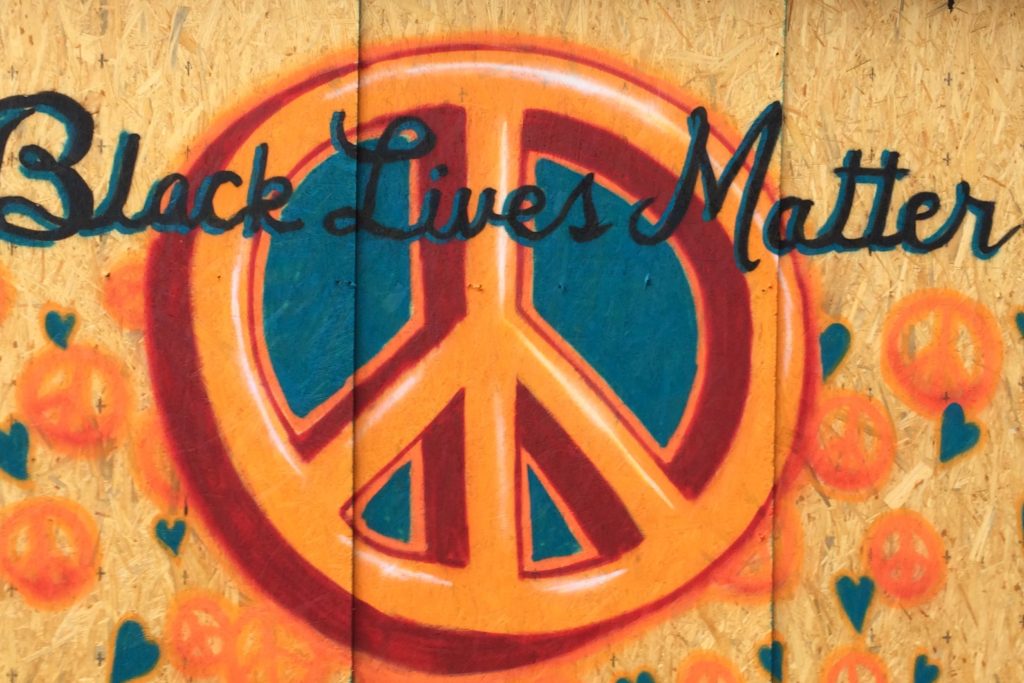


Thanks for thoughtful, intriguing words and beautiful images. Looking forward eagerly to more
Thanks, Guy!This says a lot, coming from the sorcerer of wordery!I’ll keep you posted.
I’m just beginning to read for the first time, Mary McCarthy. Your description, “ The Italians later recouped some losses and left finally in 1943 after a partisan uprising. Today, in restaurants, you can get goulash with polenta or gnocchi“ reminds me of her. Looking forward to reading your book.
Lisa, Thanks for that observation.Interesting!I read McCarthy years ago. I’ll take a peek to refresh my memory.
Beautifully and elegantly written. Of course I love your observations of nature and the landscape as you explore your new home in the interior of North Carolina under surreal conditions of restricted movement.
We are certainly in the trenches of a battle we don’t understand, in which the strategy is to hunker down and wait, uncertain of the outcome. Thank goodness this lends itself to time spent in reflection and writing. I appreciated your personal account of how you conducted research in the mountains of Italy and Slovenia for your fiction, and how the setting connects to your own ancestors.
I also appreciated the photography you included from your travels and found myself wanting to study the images larger. So I hope in the future you won’t be shy about giving more weight (space) to the photography that accompanies your beautiful words.
Thanks very much for your kind thoughts and suggestions, Dan! Technology is not my forte but, as I learn, I will take your recommendations into consideration. Take care!
Lovely, just lovely, Greta. I miss you and can’t wait to read your book!
Thanks so much, Becky. We miss you too and hope for a reunion soon!
I hope you’re getting a lot of painting in.
What an apt description of what being in the trenches can feel like. I like your beautiful pictures and words.
Thank you, Susanne! I appreciated your postings from the Camino de Santiago trail. Stay hearty!
What beautiful reflections weaving together war, place, ancestry and the human condition. The photos add context and hope. Look forward to reading more of your eloquent words and observations.
Thank you for your thoughtful feedback, Regina!
As others have noted, beautiful, elegant writing. You write with authority and grace. From my trench to yours, admiration and congratulations.
Merci beaucoup!
A great read. The historical tragedy of the trenches takes us out of our COVID confinement. But what is really poignant to me are your personal reflections and experiences of all of this, your way of relating just enough or with just the right turn of phrase to draw the reader in: “the vegetation’s compromise with history was undeniable”. There’s real strength in your words as you, in our present, discover the items embedded in trees, for example. Thank you for reflecting this time and place in Italy back to me with great writing and great photos.
I’m humbled and honored, Jane. Thank you for these thoughtful words!
I thoroughly enjoyed your writing. Beautiful. Look forward to more. The photos were awesome too. Thank you
Thank you, Linda!